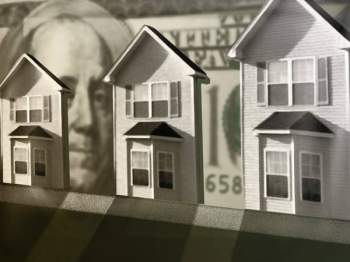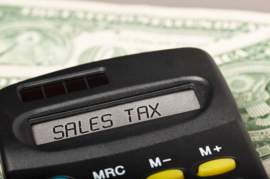
A Brief Guide to Real Property Tax

The real property tax is a major source of revenue for local and state governments. Monies collected from such taxes offer local jurisdictions a major source of funding for schools, roads, public safety, and other public services. Real property tax is highly elastic however; the amount of tax levied greatly fluctuates with changes in the housing market, and national economy. If the market is booming, property taxes can swell, which puts a financial strain on a landowner.
Concern over rising property taxes and the sensitivity they possess towards changes in the economy, has sparked a number of states to impose some form of limit on the amount of property tax that can be levied. These limits, or tax caps, puts a ceiling on the amount of property tax a municipality, county, or school district can collect.
The first form of tax cap occurred in California in 1978. As land and home prices skyrocketed, property owners were forced to pay a proportionate increase on property taxes. Many individuals in California couldn't afford such a steep increase in property tax, which in turn, created a financial burden for the tax payer. Landowners and homeowners revolted and refused to pay the obscene taxes. The state government viewed the increase as unrealistic and instituted proposition 13, which capped the increase of annual property taxes. The tax cap on property taxes ensures a land owner that their taxes will never reach an exorbitant rate. A landowner is guaranteed that his property tax will stay within a given range, and not exceed percentages beyond the tax cap. To simplify real property tax, the percentage owed is calculated by multiplying the local property tax rate with the assessed value of the individuals property. Different types of tax caps focus on limiting the two variables of this equation.
"Rate caps," for example limit the property tax rate itself, and place a ceiling on the percentage levied. Another form of tax cap, the "assessment cap," limits the yearly increase in the assessed value of an individuals property. "Total levy caps" the most restrictive form of tax cap, places a limit on the annual increase in a locality's total revenue gained through property taxes. Each form of tax cap restricts the various proponents to the real property tax equation.
The rate cap limits the real property tax rate itself, the assessment cap restricts the locality's ability to increase the assessed value of the home, and the total levy cap places a limit on the end product of the equation, or the total revenue gained through property taxes.
Besides from limiting the amount of property tax a landowner pays, many believe that a tax cap offers a community positive externalities that cannot be weighed or viewed by numbers or equations. For instance, proponents of the tax cap feel as though it forces the community to be cost efficient with their revenues. Without a tax cap, a locality can increase revenues fairly easily. With an excess of money there is no need to be frugal or wise in regards to funding public services. A tax cap limits the localities revenue and thus forces it to use it's limited money wisely when offering its public services. In addition to controlling a budget, a tax cap also increases a land owner's disposable income.
Through decreased or limited property payments, a landowner will have an excess of money, enabling he/she to consume more goods or services. Like individuals, a property tax cap can positively effect small businesses or corporations. Businesses operate on land owned by the state governments, making them susceptible to increased rates well.
When the property tax rises to obscene rates, businesses may be forced to cut costs in the form of limiting production or firing employees. Unemployment or limited production can pose catastrophic macro-economic effects on a community. To restrict these occurrences, a property tax cap will effectively limit the costs a small business or corporation will incur through property tax.
The tax cap is a balancing act of sorts. It was created to ease the strain on taxpayers, while maintaining a stable level of revenue for a community to offer public services. Many communities have experienced a disproportionate relationship between a tax cap placed on property taxes. State's like California or Massachusetts have been forced to shut down schools, and lay off municipal employees due to a lack of funding from a state wide tax cap.
The stringent tax caps that these state's instituted have provided relief for land owners, but have also limited a localities main source of revenue. The relationship between property taxes and tax caps is extremely sensitive. A community must find an equilibrium, or a sustainable balancing percentage for the individual land owner and the community to live in harmony.



















